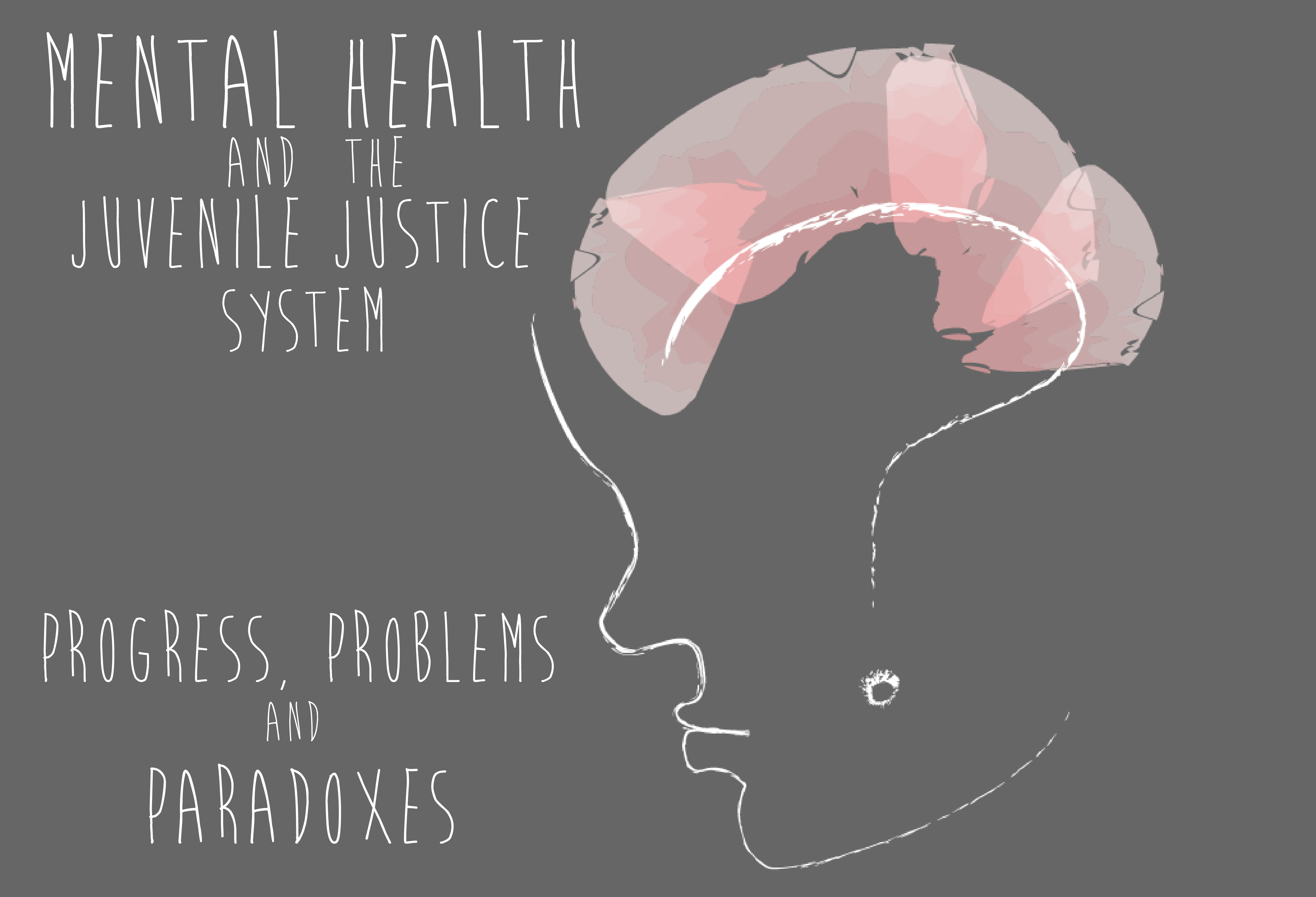 Resuming something like a normal life after breaking free of an addiction to drugs or alcohol is a daunting task.
Resuming something like a normal life after breaking free of an addiction to drugs or alcohol is a daunting task.
Headed home? Great. Back to the same neighborhood where your old buddies are still using? Huh. Maybe it’s time to find a new place.
[module type=”aside” align=”right”] Listen live to Tony Sanchez and James Guffey talk about recovery communities on 90.1 FM WABE at 12 p.m ET.
Listen live to Tony Sanchez and James Guffey talk about recovery communities on 90.1 FM WABE at 12 p.m ET.
Faced with those kinds of obstacles, a new approach to the problem is taking root in several states. It’s a method aimed at surrounding the recovering addict with people who can help, many of whom are former addicts themselves. It’s about changing how people think about addiction and breaking down social and legal barriers that many experts now say make it harder to stay on the path of recovery.That takes money, which means getting a job — which can be tricky, especially if the road to recovery went through a courtroom. Going back to school may be tougher, too.
What’s commonly dubbed the “recovery community” movement has been developing for the past 15 to 20 years, taking different forms in different states. But each effort typically has three goals: educating the public about how long-term recovery works, changing policies that create barriers to former addicts and finding ways to get direct, nonclinical help to people who may be hitting a rough patch that’s challenging their sobriety.
For the estimated 23 million Americans currently recovering from drug or alcohol addiction, it’s about having allies — family, friends, peers or pros who can help navigate the hurdles ahead, said Patty Metcalf, executive director of the Washington-based nonprofit Faces and Voices of Recovery.
“It’s the family members, the community members that are concerned about a crisis in their community,” said Metcalf, whose group supports recovery organizations nationwide. “They all become part of this. It’s transformative.”
Advocates are now trying to replicate that kind of program on a wide scale in Georgia, where a network of public and private organizations have been gathering in towns across the state to figure out how to turn their towns into places where former drug or alcohol abusers can find the support they need to stay clean.
Long-term recovery can be particularly challenging for young people, since going back to school can bring them back into contact with the same people and settings associated with their addiction. That’s spurred the development of recovery communities on college campuses. In some states, entire high schools are dedicated to teaching students who have gotten sober.
Young people want help from their peers
“More and more, we’re realizing that it’s important that young people have other young people they can hang around with who are in recovery,” said Mark Ames, coordinator of the Vermont Recovery Network.
“It’s not attractive to someone who’s 17 years old to listen to someone who’s 40 or 50 years that’s been sober or been in AA for a while,” he said. “Although they may have some of the same issues, they’re not necessarily always a perfect match or someone they’d ordinarily want to spend time with.”
Ames’ organization started in 2001. It’s now grown into a web of a dozen community centers across the state where people in long-term recovery can find like-minded people and get connected with basic services. The Vermont Recovery Network served more than 13,000 people in 2013, with each center staffed by a full-time director and part-time staff or volunteers, he said.
[Related: Youth Today’s complete coverage on substance use disorder]
“I would like to say that we were trying to respond to the chronic nature of addictive disease, but we weren’t that enlightened at that point,” Ames said. “We were just trying to create safe places for people who had been in treatment so they didn’t relapse upon returning home.”
And for young people — particularly college students, who are in “not entirely a recovery-supporting environment” — the network has a list of campus programs for referrals.
“If you’re 18 years old, it makes much more sense to have a chance to spend time with a bunch of other 18-year-olds,” Ames said.
And many of the people VRN serves need basic things like food and shelter after letting their lives go unattended for so long.
“It’s basically someone helping you take responsibility for your life,” he said. “So many people in early addiction recovery, they don’t have the wherewithal to do simple things. So having somebody to help walk them through finding a housing provider and figuring out where they can stay is a big deal … reclaiming a life requires rebuilding a whole lot of pieces.”
Groups starting to lobby against stigma
About half the people the Vermont network has served are or have been on probation or parole. Despite a shift in attitudes about drugs in the past decade, ex-addicts still face a variety of social and legal stigmas. People applying for jobs are regularly asked to disclose any criminal convictions, and convicted drug offenders can be denied student aid, public housing and the right to vote.
[module type=”aside” align=”right”] Learn more about mental health and substance abuse on JJIE.org’s Juvenile Justice Resource Hub.
Learn more about mental health and substance abuse on JJIE.org’s Juvenile Justice Resource Hub.
“So many people who might have lost their job or didn’t gain employment because of their addiction are ready to fully engage — to be a neighbor, be a family person, be a caregiver, be an employee, go back to school,” Metcalf said. But they’re often held back by measures put in place as part of the decades-long war against illegal drugs or other sanctions stemming from a criminal record.
Some organizations involved in the recovery movement are lobbying to roll back those penalties. In Kentucky, for instance, People Advocating Recovery is lobbying to amend the state constitution to restore voting rights to ex-felons. Currently, someone with a felony on their record has to petition the state’s governor for a partial pardon in order to regain the franchise, and “The rules keep changing,” PAR chief executive Mike Barry said.
“If someone is in recovery and they’re now doing the right thing, the best for them is to be part of their community,” Barry said. “And being a part of their community is being engaged in voting and civic activities.”
The proposed amendment has died in the state Senate every time. But Barry said the group has been on the winning side of several other battles — including rolling back stiffer sentences for crack cocaine, which disproportionately affect African-Americans; using electronic records to identify “pill mills;” and allowing the use of the drug naloxone to counteract overdoses of heroin and other opioid drugs.
Groups like PAR are getting a boost from the growing public awareness of drugs as a public health issue, rather than a matter for the justice system. But Barry said that shift has come at a high price.
“Our addicts are becoming so much younger,” he said. “That’s drawing the families into it, and there’s nobody in the world who is a more staunch advocate with energy than a mother who has lost her son.
“I think this helps bring out into the open the whole problem with addiction, for people to start understanding that it affects all walks of life and it’s everywhere,” Barry added. “By joining forces, we can get some support for each other. And by bringing this out in the open and trying to take some of the stigma and the shame away from it, families are more likely to reach out and ask for help.”
Metcalf said the most successful efforts to establish recovery-oriented communities have been “an organic process” that start with people in recovery themselves, “rather than the professional treatment community.” Many of those ex-addicts have become their own best advocates, identifying what’s needed and working to convince their neighbors and local institutions to address those needs.
“Opening up a recovery community center is something to celebrate and something to look forward to in a community, because they’re addressing something that’s significant, and this is a helpful model,” she said. But without laying a foundation of community support, “It’s not going to be successful.”
“The issue and the people have to go hand-in-hand. You need to address it at the same time,” she said.
More stories related to this one:
Recovery Communities: Where Addicts Get, Give Support for Long-term Recovery
They Climb, Bike, Run, Lift, Box Their Way Out of Addiction
Music & Arts Therapists Help Youth Find Their Voice, Break Free from Addiction
Insurance Coverage for Substance Abuse Improving But Still Limited
Unspoken Truths: Young People in Recovery
































